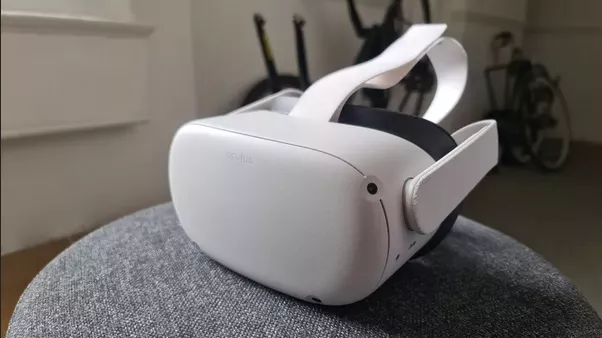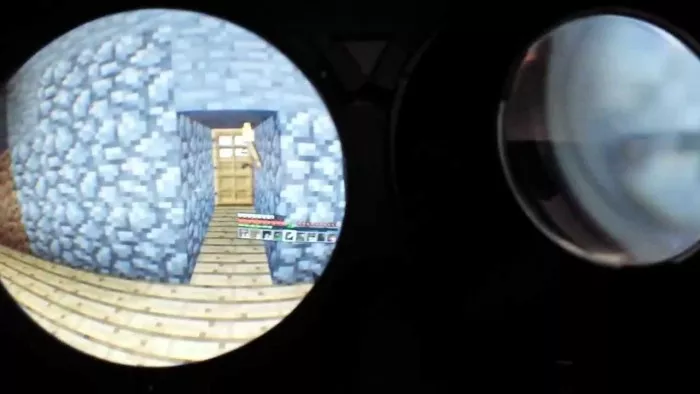In a speech during the 2022 display cycle, meta (former Facebook) introduced in detail the specifications of its Quest 2 VR head mounted display. Meta display engineer Cheon Hong Kim talked about the display architecture and design challenges of Quest 2 when using LCD panel for VR headset.

The presentation covered the importance of low persistence, a technology that illuminates pixels in each frame as your head moves in real time (through uploadvr). Without this technology, rapid head movement may be perceived by your brain as dynamic blur, which can be a very disturbing feeling. As early as 2013, this problem existed in the early version of oculus rift development kit and was solved a year later.
Compared with head displays with OLED display (such as valve index or Playstation VR), LCD display is generally considered not suitable for VR because of its long response time. In 2017, the release of the new "fast switching" LCD improved the response time of oculus go and Quest 2 headphones.

An interesting news in the conversation is that the monocular resolution of Quest 2 is actually less than the 1832 x 1920 pixels listed. This is because Quest 2 uses only a small portion of a single panel for two lenses. Moreover, because the lens is round, the user's eyes never need or see the corner of the display. Therefore, even if the technical resolution of each eye is 1832 x 1920, you can't actually see it.
The speech also introduced in detail the reasons for the screen effect perplexing some VR head displays. Screen effect means that when the gap between pixels becomes visible, the screen effect will appear in the image in front of you. Quest 2 still cannot avoid this phenomenon. However, it hopes to increase the count of future headphones to eliminate dynamic blur and ghosting.